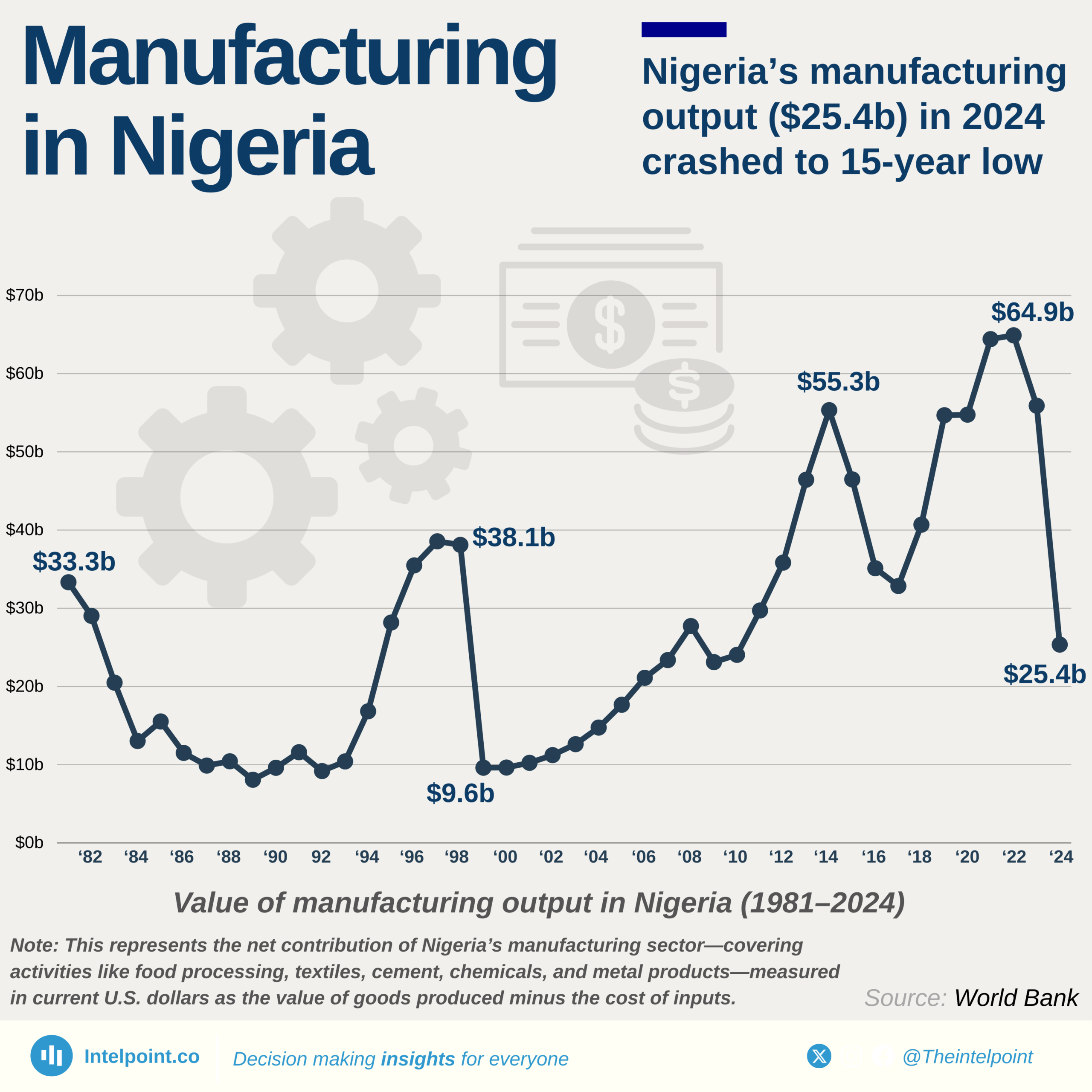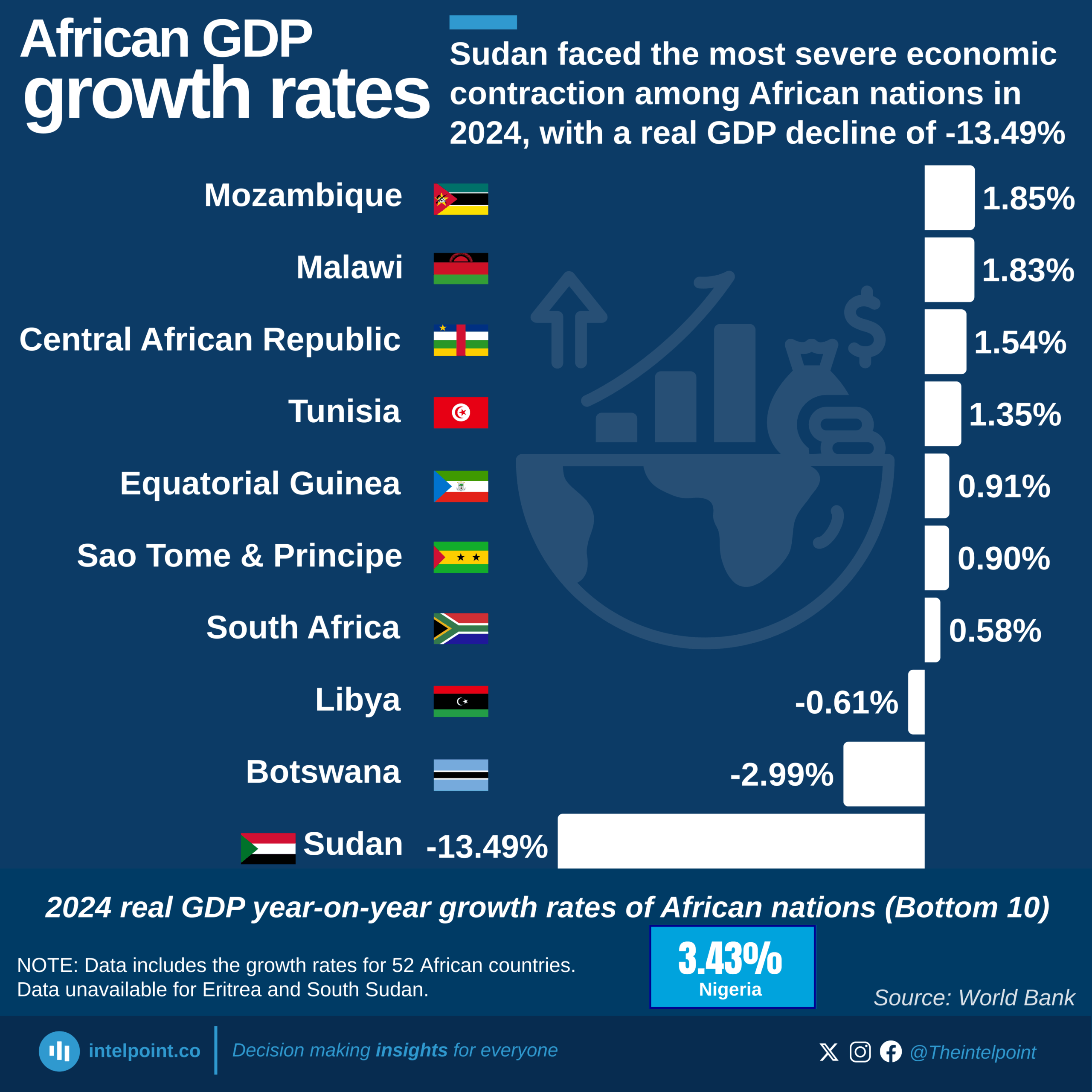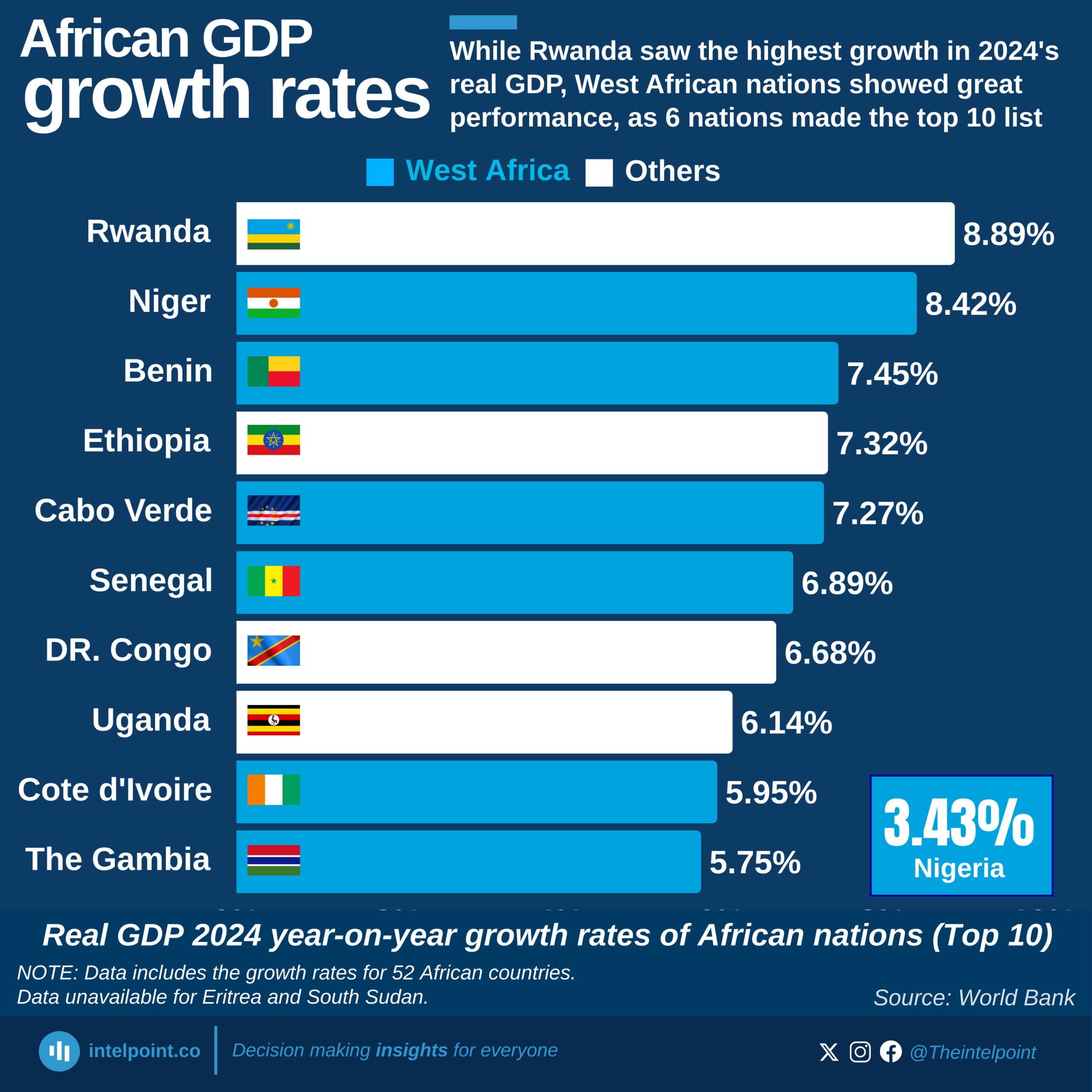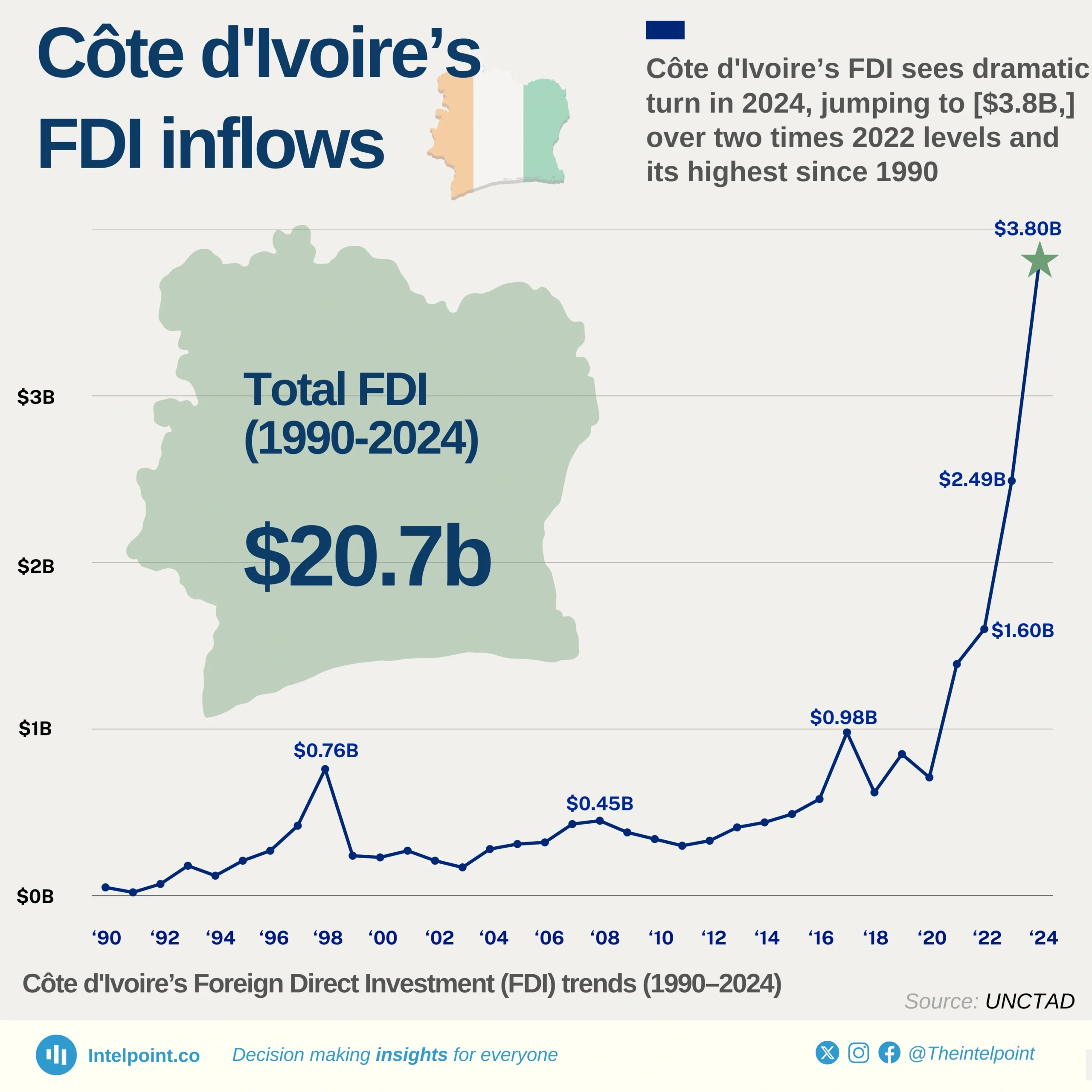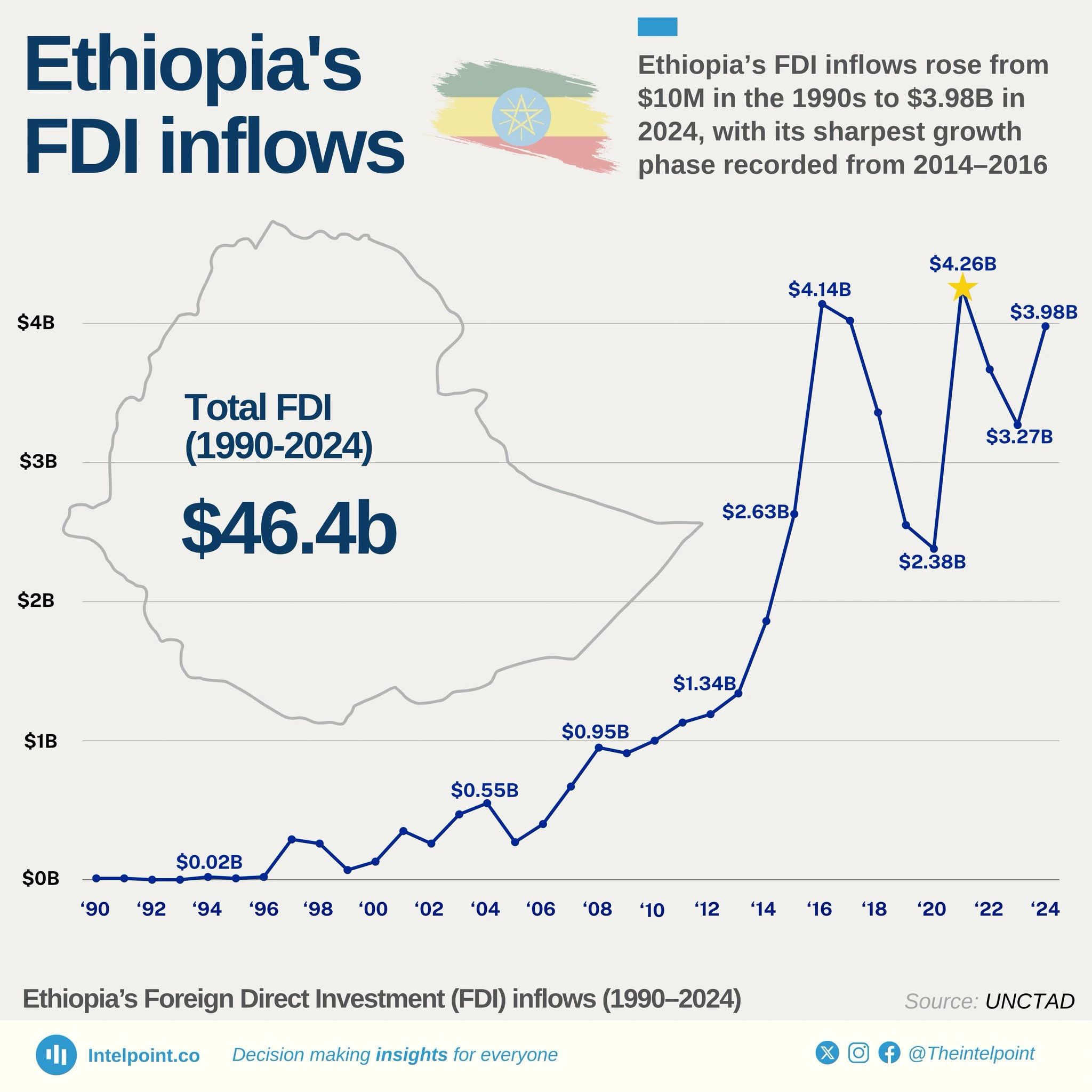Despite various cash assistance programmes, including the Conditional Cash Transfer (CCT) Program, and extensive macroeconomic reforms such as the unification of the exchange rate and the removal of fuel subsidies, poverty in Nigeria rose to 38.9% in 2023, leaving 87 million Nigerians in poverty.

